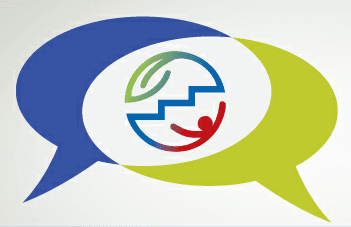This whitepaper summarises the general approach as adopted by WP2 and WP3 in organising andanalysing focus group discussions on a range of socio-economic topics. Specific
conclusions from the various groups are reported in individual, targeted
documents (D2.2 and D3.2). Furthermore, the SESERV framework
(called Tussle Analysis) is described and demonstrated, which helps technology
developers and policy makers to understand the complex interplay of technology
and economics in the Internet.
The rationale behind running focus groups as opposed to any other method arose from the observation at the SESERV Oxford workshop that there was an urgent need to adopt a multi-disciplinary approach to discussion. Focus groups are specifically geared towards an examination of how ideas and concepts develop in a given context. A focus group approach was an ideal method to encourage such cross-disciplinary discussion. As described in the preceding sections, the focus group methodology found in the literature was reviewed and either applied directly to the SESERV focus groups, or modified in some small detail as outlined to suit the topics and group composition available to SESERV. WP2, focusing on economic issues, adopted a structured approach, seeding discussion on the basis of a Challenge 1 project presentation to describe one possible solution to the specific issues under debate. WP3 by contrast used a less formal approach, using the occasional question to spark off discussion. In both cases, conversations were lively and generated a significant set of concepts and ideas which would be worthwhile pursuing and which are developed in the corresponding deliverables in the respective work packages. The Tussle Analysis framework is composed of a methodology for evaluating Internet technologies (called “tussle analysis”) and a set of taxonomies. The latter include: a) An extensive taxonomy of Internet functionalities, which covers both aspects of how services are being hosted (cloud-related functionalities) and their actual delivery (network-related functionalities). b) A generic classification of Internet stakeholder into seven high-level stakeholder roles, where each one is further decomposed into more detailed instances. This methodology encourages and guides technology developers in identifying the stakeholders of the technologies under development/investigation, their interests and assessing whether these would be met with a particular implementation of each such technology. The idea is that designing a technology in a more holistic way, by taking into account the interests of major stakeholders early in the process, would lead to more sustainable socio-economic outcomes and increase the chances of that technology being adopted in the long-term. The outcomes of all bilateral discussions, wider focus groups and meetings resulted in a set of 6 economic SESERV recommendations to research projects, providers and policy makers for successfully redesigning and configuring Future Internet technologies. These are: 1. Technology makers should understand major stakeholders' interests. 2. Technology makers should be neutral. 3. Technology makers should explore consequences and dependencies on complementary technologies. 4. Technology makers and Providers should align conflicting interests through incentive mechanisms. 5. Technology makers should increase transparency. 6. Policy makers should encourage knowledge exchange and joint commitments. The project also had a set of 22 social SESERV recommendations, detailed above, which fall into six broad categories: 1. Research Project Design / Project Development 2. Users/Participants Experiences and Perspectives 3. Internet Data 4. Regulation and Public Policy 5. Transparency and Trust 6. Citizenship, Awareness, and Education
|
FISE Conversation >

